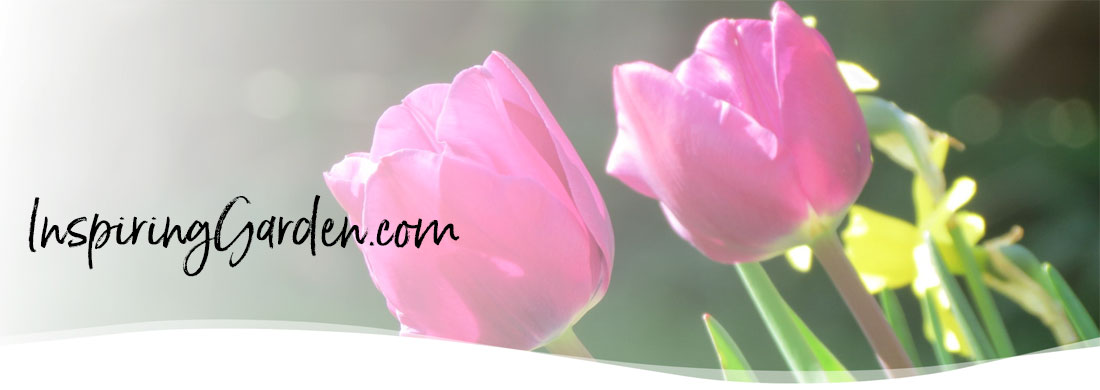Attracting Diverse Natural Wildlife to Your Garden
We are very fortunate to have an abundance of natural wildlife surrounding us as our house backs onto farmland and is surrounded by mature oaks and hedgerows.
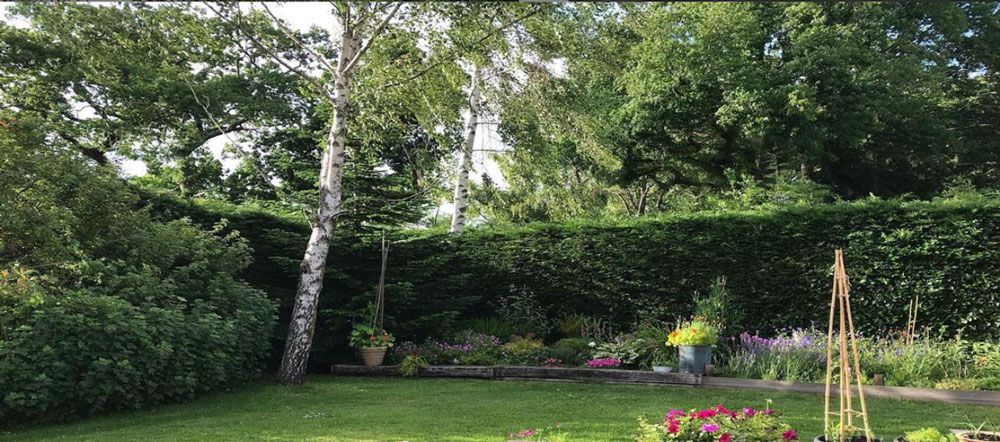
Where we live in the County of Caerphilly there is an abundance of diverse wildlife, particularly birds and we manage to attract many species that you would normally have to track down out in the wilds.
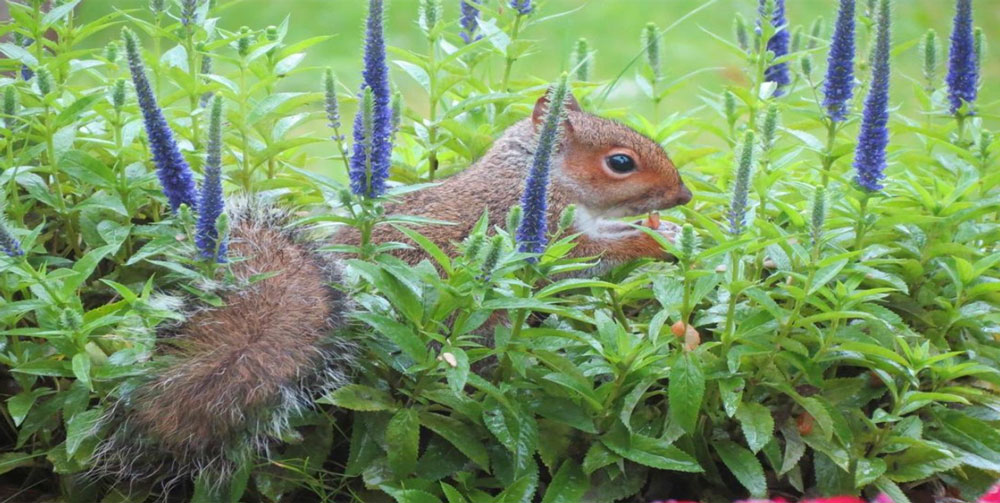
When we bought the house back in August 2000 it was brand new with a large rear garden completely turfed over – not a flower, bush or tree in sight. We soon changed that and started planting various shrubs and other perennials that would make the garden much more interesting to look at providing a more eco-friendly environment for birds and other wildlife.
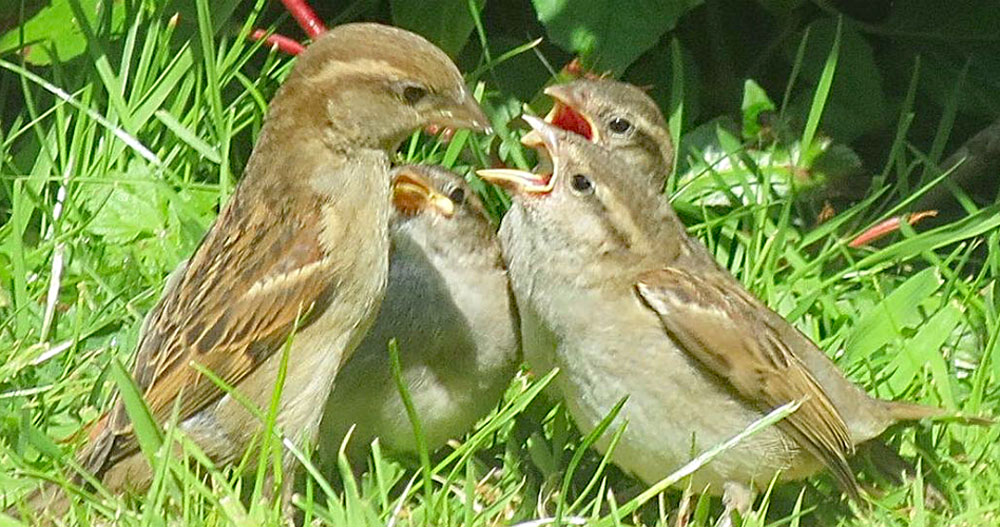
With the addition. of several bird feeding stations and nesting boxes, It didn’t take long to attract a healthy stream of visitors.

The secret to attracting birds was to provide a safe and secure staged approach to our garden. The large oaks at the rear of the property allow birds to watch in safety. The birch trees and large bushes provide the second stage where the birds can land and satisfy themselves that it is still safe to approach the feeders. I have planted holly, crab apple, fir and other larger shrubs that provide a mix of deciduous and evergreen cover.
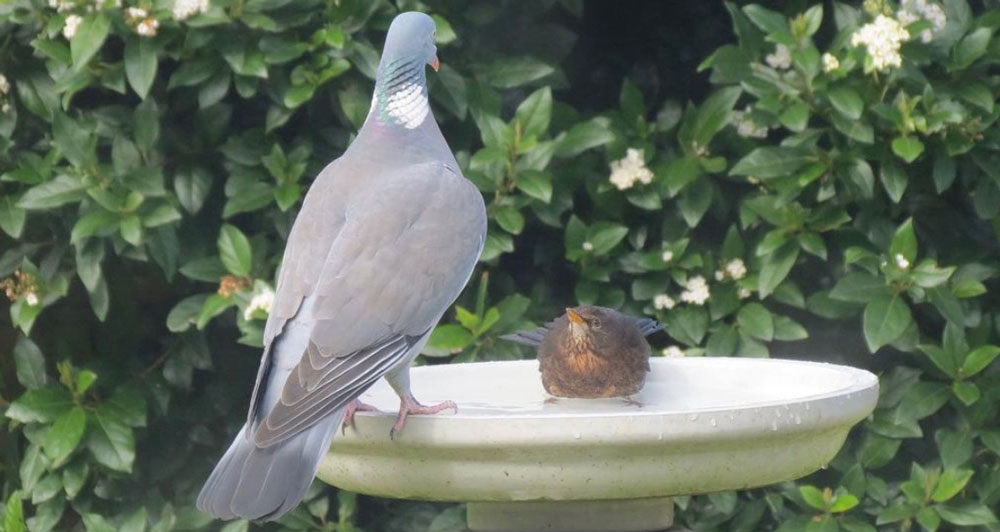
These plantings also provide additional benefits as roosts for smaller birds. Nesting sites for around half a dozen residents. A protective mesh that they can quickly dive into when the resident sparrowhawk is around and a place to feed on berries, insects and crab apples. I can go into the garden at any time of the day and there will be a multitude of birdlife in the smaller trees and bushes.
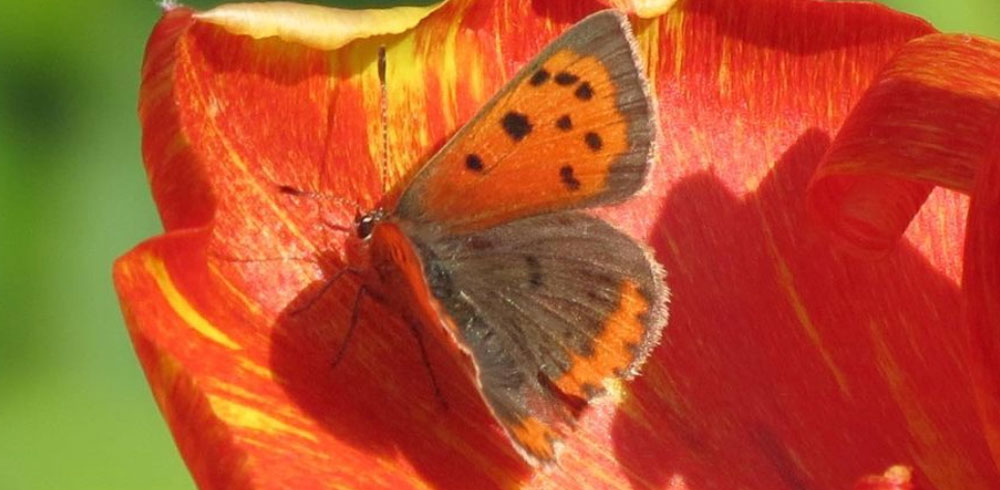
Last but not least there are smaller shrubs, roses, climbers and potted plants on the patio that small birds like wrens, tits and finches love to forage for insects. It is quite astounding how insect life and particularly pollinators have increased over the years. There is nothing better than being stood next to the crab apple tree in full pink bloom in spring, hearing the loud hum of hundreds of honeybees.
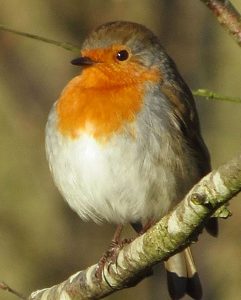
We also have a stack of wood and clippings/ prunings which are hidden around the side of the house providing a haven for insects and a veritable banquet for more birds.
Bird tables and feeding stations are spread out across the lawn and in the crab apple tree, with a decent-sized birdbath. We make sure that there is a constant and highly varied supply of seeds, nuts, mealworms, suet balls and water.
This variety of food combined with the cover of plants and trees attracts the following birds (I haven’t listed all the birds as it would go on forever – here are our main visitors:
- Thrushes and blackbirds including Fieldfare, mistle and song thrush and redwing
- Tits including – Long-tailed, blue, great, and coal
- Sparrowhawk
- Starlings
- Finches – Siskin, brambling, greenfinch, chaffinch, goldfinch, bullfinch
- Wood pigeons, collard doves and the odd racing pigeon (we had one that took up residence for a week)
- Crows – Carrion crow, raven, rook, Magpie, jackdaw and jay
- Robin – several are all-year residents
- Nuthatch
- Treecreeper
- Goldcrest
- Woodpeckers – Green and greater spotted
- House sparrow
- Dunnock
- Reed bunting
- Lesser redpoll
- Tawney Owl – heard but seldom seen. (They hunt from the surrounding trees.)
- Pied wagtail
- Whitethroat
- Blackcap
- Wren
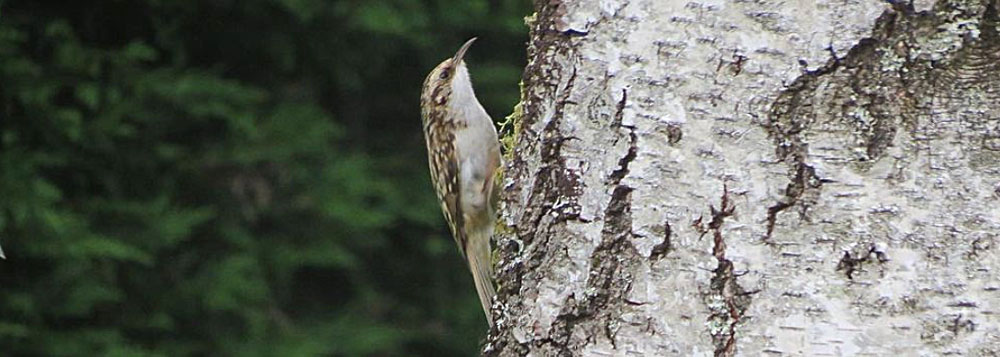
It’s quite a list and there are also birds that frequently pass over the garden but don’t land including:
- Buzzard
- Red kite
- Gulls
- Heron
- Swift
- Swallow
We have a healthy supply of bees visiting the garden from spring right through to late autumn and quite a range of butterflies including:
- Red admiral
- Cabbage white (large and small)
- Tortoiseshell
- Peacock
- Brimstone
- Comma
- Common blue
- large skipper
- Meadow brown
- Painted lady
- Orange-tip

And several varieties of moth including:
- Poplar hawkmoth
- Garden tiger
- Hummingbird hawkmoth (which I once mistook for an actual hummingbird, which is utterly ridiculous)
- Cinnebar
- Lesser swallow prominent
- Silver-ground carpet
- Magpie
I won’t go into the types of insects and other garden molluscs otherwise we will be here till next year! But we do have several mammals come to visit from time to time:
- Hedgehog – quite a recent visitor since I changed the fencing in the garden which allowed them to get in and out – see the article on hedgehogs
- Common shrew – I know they are in the garden as a local cat has seen off a few and left them on the lawn.
- House mouse
- Common rat
- Grey squirrel
- Bats – frequently flying around the house in summer and early autumn but I am not sure exactly what type we have here but probably the common pipistrelle.
-
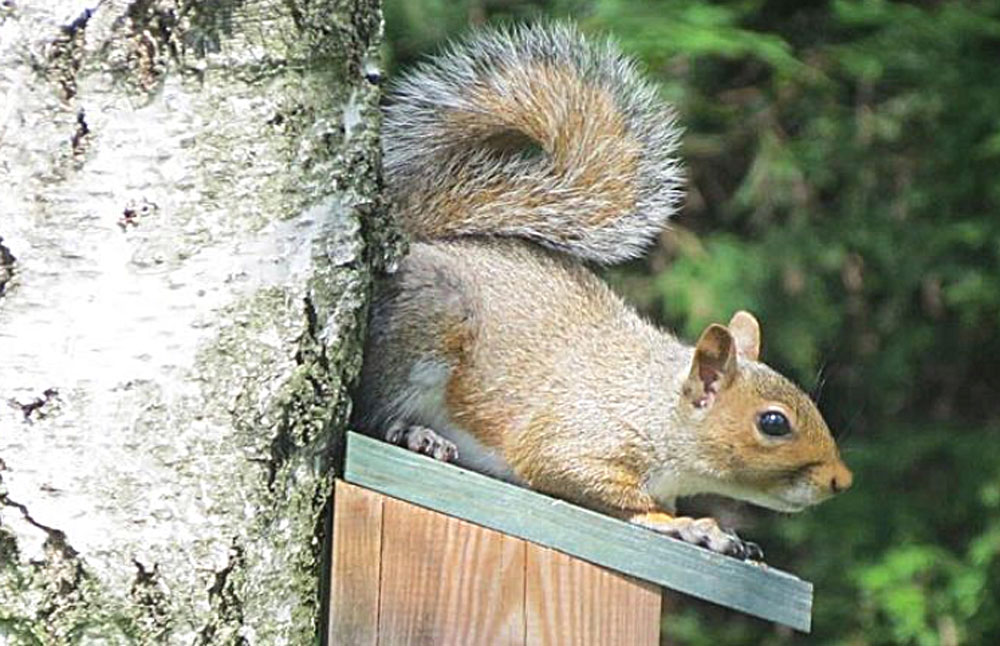
Grey squirrel casing out the bird tables
